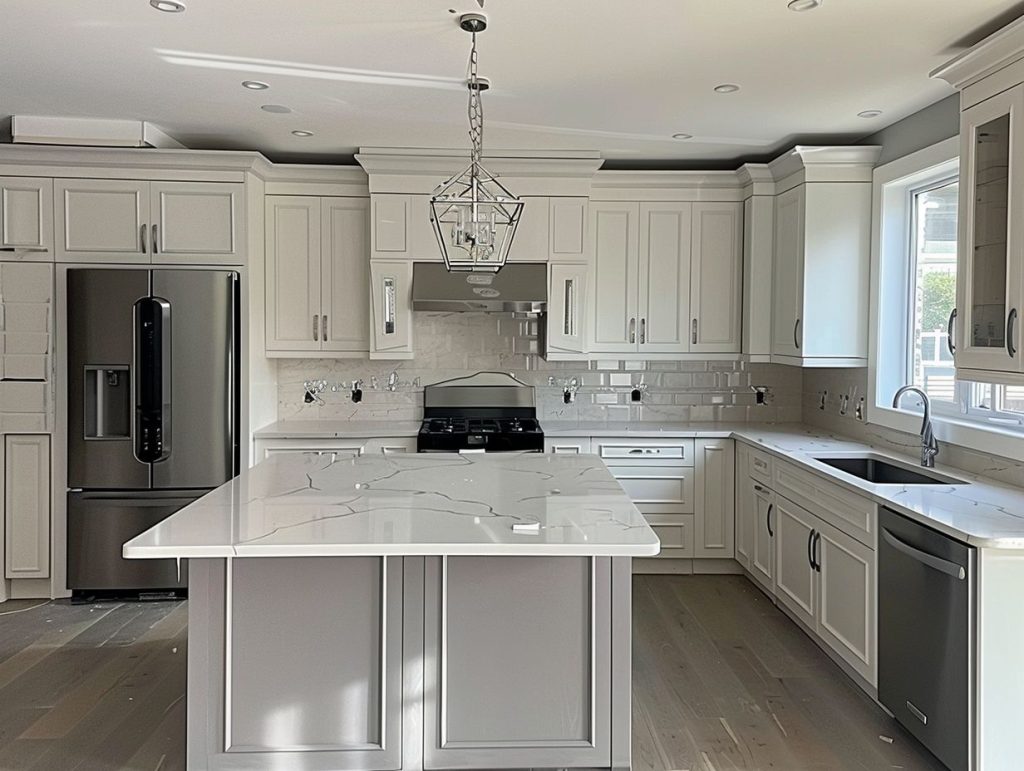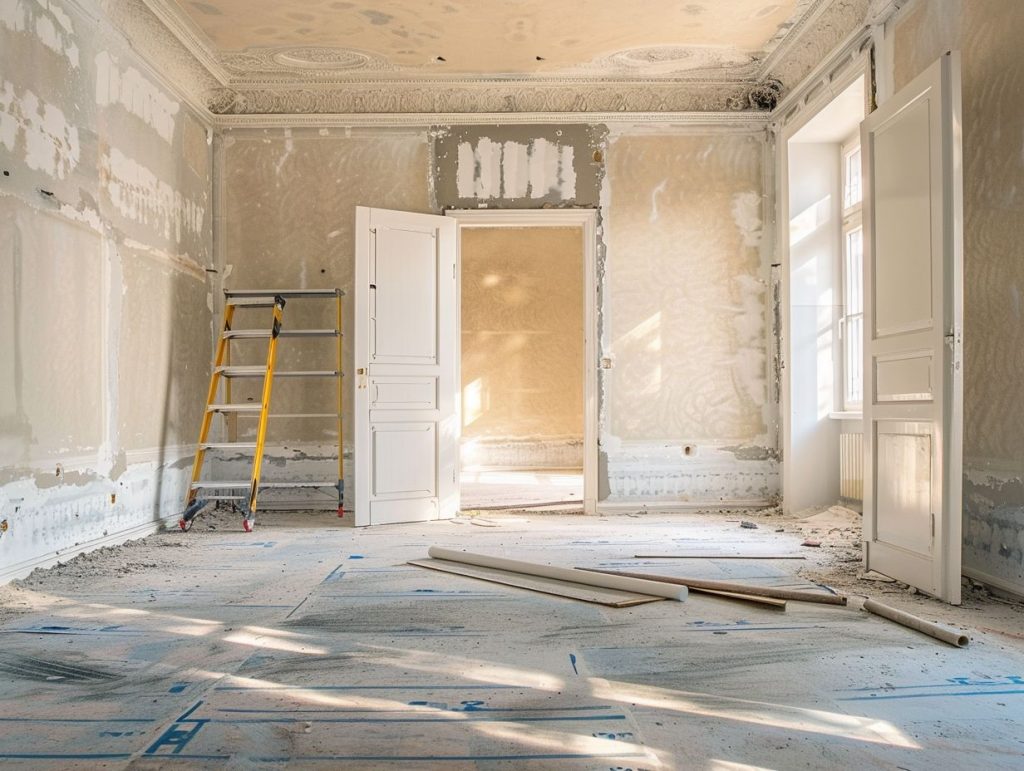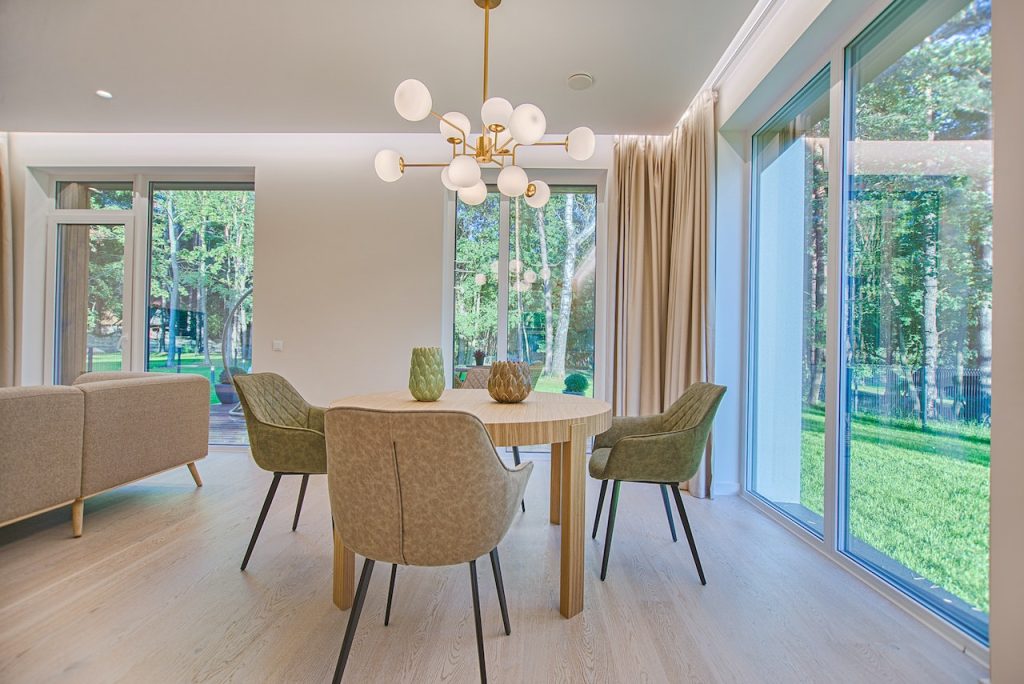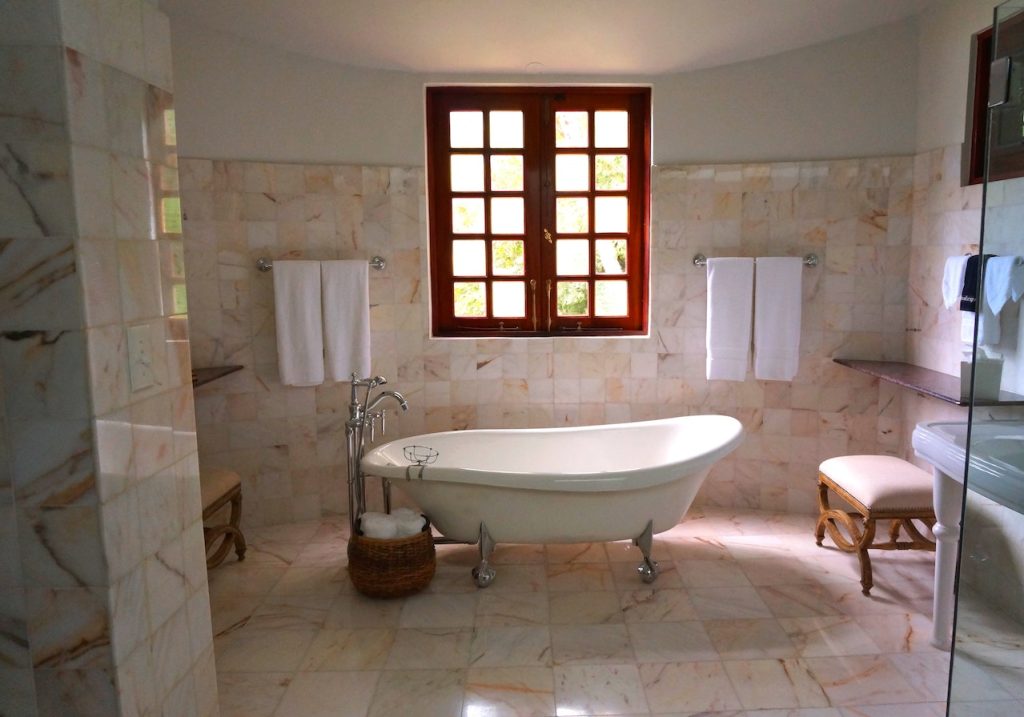Are you getting ready for post-renovation cleaning in your home? Whether you’re gathering supplies or making a game plan, we’ve got tips and tricks to make the process easy.
In this guide, we will discuss the top methods for removing dust from surfaces, cleaning floors and carpets, scrubbing walls and windows, improving air quality, and keeping your home free of dust. Watch for pro tips on achieving a spotless and healthy living space.

Preparation for Post-Renovation Cleaning
Preparing for post-renovation cleaning is crucial for ensuring your home transforms into a dust-free, organised oasis once the renovations wrap up. You want to set yourself up for success by planning, stocking up on the necessary supplies, and learning the best cleaning techniques to handle all the debris and dust that renovation work leaves behind.
Gathering Necessary Supplies
When you’re gearing up for the post-renovation cleanup, you’ll first need to gather all your supplies.
- Get yourself a trusty vacuum cleaner to suck up all that dust and debris,
- some gentle microfiber cloths for wiping things down without leaving scratches and
- a mop that’s right for your type of flooring.
Remember to wear protective gear like gloves, goggles, and a mask to keep allergens and nasty particles at bay.
When it comes to cleaning products, go for the green stuff, like vinegar, baking soda, and castile soap. That way, you’ll clean up in a safe and non-toxic environment.
Creating a Cleaning Plan
When tackling the post-renovation mess, you need a solid plan in place. Create a cleaning checklist and schedule that help you take on the chaos step by step.
First things first, take a good look around and figure out which areas need the most TLC. Focus on the dirtiest and most cluttered spots that need immediate attention. Organise your cleaning tasks based on how messy and necessary each space is.
As you map out your cleaning schedule, set aside specific blocks of time for each task. Give yourself enough time to get into the nitty-gritty. Use smart cleaning strategies like starting from the top and working your way down or moving from left to right to ensure you cover every inch.
It’s all about using the right tools and techniques. Grab some microfibre cloths for dusting and pick the best cleaning products for different surfaces to get the best results. These little tricks will help you clean up the mess with ease.

Removing Dust from Surfaces
Make sure you remove dust from surfaces after a renovation to keep your home environment healthy and clean.
Tools and Techniques for Dusting
Regarding post-renovation cleaning, using the right tools and techniques for dusting can up your game. One trusty dusting buddy is a microfibre cloth—gentle on surfaces but tough on dust. If you’re reaching for a duster, go for one with an extendable handle to make those high spots a breeze.
Grab your hoover with a brush attachment when it’s time to tackle carpets and upholstery. For delicate items, a soft-bristled brush is your go-to. And don’t forget to give surfaces a final wipe with a damp cloth to pick up any lingering dust bunnies.
Mixing up your tools and tricks ensures your surfaces get top-notch clean and free of dust and grime.

Cleaning Floors and Carpets
When cleaning floors and carpets after a renovation, you must thoroughly remove all the debris and leave the surfaces looking spotless.
Best Practices for Removing Debris and Dirt
Regarding keeping your floors and carpets spotless, adopting the proper cleaning habits is vital to maintaining a clean and healthy home environment. You’ve got to stay on top of things by regularly vacuuming to prevent dirt and dust from piling up on your carpets and hard surfaces.
Opt for a vacuum with a high-efficiency particulate air (HEPA) filter to catch even the tiniest particles, ensuring a thorough clean. Don’t stop at vacuuming – consider adding deep cleaning methods like steam or dry carpet cleaning to your routine. These techniques can tackle tough stains and embedded debris, leaving your floors looking and feeling fresh.
Making these cleaning practices a regular part of your routine will keep allergens and bacteria at bay, creating a healthier space for you and your family to enjoy.
Wiping Down Walls and Windows
Remember to wipe down the walls and windows when cleaning after a renovation. Getting rid of all the dust, dirt, and leftover construction materials is essential for a fresh finish.
Effective Cleaning Solutions and Methods
When cleaning your walls and windows, choose the right cleaning solutions and methods to do the job safely and efficiently.
Try mixing equal parts water and distilled vinegar for squeaky-clean windows without toxic chemicals. Spray it on your windows and wipe them down with a microfibre cloth in a circular motion for a streak-free shine.
If your walls look worse for wear, a paste of bicarbonate soda and water can be a game-changer. Apply the paste with a soft cloth and gently scrub any stubborn dirt or grime.
These eco-friendly methods will give you a thorough cleaning and ensure a safe and healthy environment for you and your loved ones.
Addressing Air Quality
Addressing air quality as a top priority after a renovation will ensure you eliminate any pesky dust particles or pollutants lingering in your home environment.
Using Air Purifiers and Filters
Using air purifiers and filters can significantly improve the air quality in your home by removing dust and other pollutants. These devices work by pulling in air, trapping particles through filters, and circulating cleaner air back into the room. By capturing dust, allergens, smoke particles, and pet dander, air purifiers help reduce respiratory issues and allergies.
The benefits of using air purifiers extend to maintaining a healthier indoor environment, especially for those with asthma or allergies. When choosing an air purifier, consider the size of the room, type of filter, CADR (Clean Air Delivery Rate), noise level, and energy efficiency to ensure the most effective dust control and overall air quality improvement in your home.
Maintaining a Dust-Free Home
To keep your home dust-free, you must follow a regular maintenance routine that involves dusting often and taking preventative measures.
Tips for Preventing Dust Build-Up
Preventing dust build-up is essential to keeping your living space clean and healthy. One tip to help you reduce dust accumulation is to regularly clean and change the air filters in your home’s heating and cooling systems. Dirty filters can spread dust particles around.
Another way to tackle dust is to use doormats in your entryways. They can help stop outdoor dust and dirt from entering your home. Start cleaning at the top of the room with ceiling fans and light fittings, then work your way down. This helps prevent kicking up settled dust. Try using a vacuum cleaner with a HEPA filter to get rid of dust more effectively. It’ll trap those pesky dust particles better. And when you’re dusting surfaces, go for a microfibre cloth. It’s excellent for capturing dust rather than just spreading it around.


